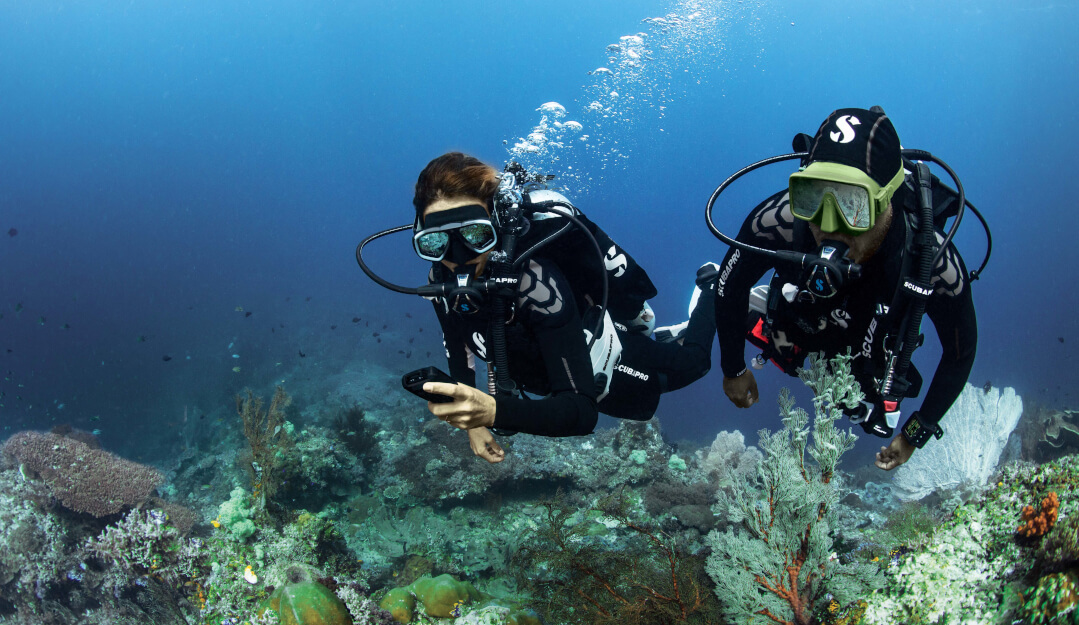
Scuba diving is an exciting and adventurous activity that requires careful preparation and planning. One of the most important gears for scuba divers is the regulator, which allows them to breathe underwater. Choosing the right one can be overwhelming with so many different types of scuba regulators available on the market. In this ultimate guide to scuba regulators, we’ll break down the key factors to consider when selecting a regulator for your dive.
Types Of Scuba Regulators
There are two main types of scuba regulators: balanced and unbalanced. Balanced regulators are designed to provide consistent airflow throughout a dive, regardless of the depth. They use a diaphragm to balance the air pressure in the first stage, which results in smoother breathing. Unbalanced regulators, on the other hand, are less expensive and less complicated than balanced regulators. They work well in shallower waters but can become increasingly difficult to breathe through at greater depths.
First Stage Vs. Second Stage
When choosing a regulator, you’ll also need to decide between a first-stage and a second-stage regulator. The first stage regulator is part of the regulator that attaches to the tank and reduces the air pressure from the tank to a level suitable for breathing. The second stage regulator is the mouthpiece that you breathe through. Some regulators come with an octopus, a secondary second-stage regulator your dive buddy can use in an emergency.
Comfort And Fit
Scuba diving can be physically demanding, so it’s important to choose a regulator that is comfortable and fits well. Look for a regulator with an adjustable mouthpiece and a comfortable mouthpiece cover. Additionally, ensure the regulator’s hose length is appropriate for your height and build.
Environmental Factors
Different diving environments can require different types of regulators. For example, if you plan to dive in cold water, you’ll need a regulator designed for cold water use. These regulators typically have a larger diaphragm and are made with materials that can withstand cold temperatures. Additionally, if you plan to dive in saltwater, you’ll need a regulator designed for saltwater use.
Price
Scuba regulators can vary greatly in price, from a few hundred dollars to over a thousand dollars. While you don’t necessarily need to spend a lot of money to get a good regulator, it’s important to choose a regulator that is of good quality and meets your needs.
Conclusion
Choosing the right scuba regulator is essential for a safe and enjoyable dive. Considering factors such as regulator type, comfort and fit, environmental factors, and price, you can narrow down your options and find the regulator that best suits your needs. With the right regulator, you can breathe comfortably and confidently underwater, fully enjoying the wonders of the underwater world.
It’s important to note that even the best scuba regulator will only perform well if properly maintained. Regular maintenance, including cleaning and servicing, is essential to ensure your regulator is in good working order. Make sure to follow manufacturer’s instructions for maintenance and servicing, and have your regulator serviced regularly by a qualified technician.
In addition to choosing the right scuba regulator, it’s important to remember that diving can be dangerous. It’s essential to have proper training and certification before attempting to dive. Remember all safety protocols and guidelines; stay within your training and comfort level.
